With significant experience in African conservation, Rewilding Spain team leader Pablo Schapira is the ideal person to take rewilding forwards in the Iberian Highlands.
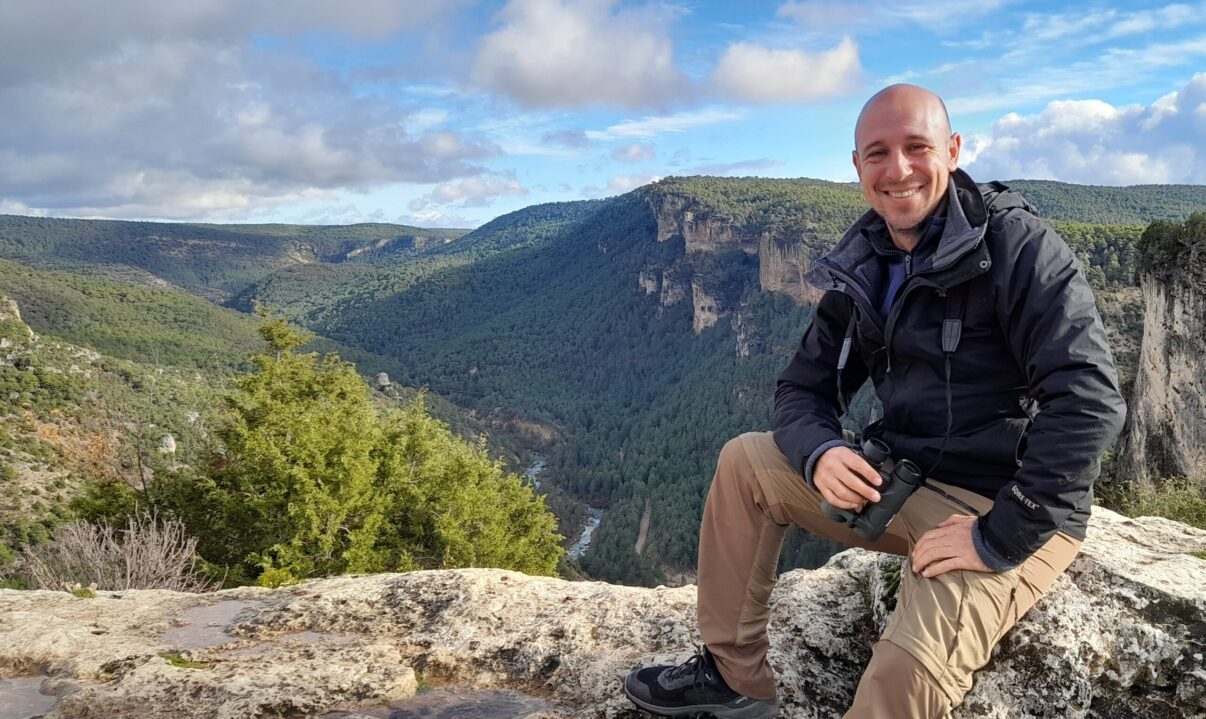
Located in central-eastern Spain, the Iberian Highlands became the tenth rewilding landscape in the Rewilding Europe portfolio in October 2022. Since then the Rewilding Spain team has been headed up Pablo Schapira, a biologist specialising in wildlife management with significant work experience in Africa (see Pablo’s bio below). We had a quick chat with Pablo, who lives with his family in the small village of Molina de Aragón (around 10 kilometres from the edge of the rewilding landscape), to find out more about his work, his aspirations, and his reasons for wanting to become part of the burgeoning Rewilding Europe initiative.
How did you first hear about rewilding and Rewilding Europe? What attracts you to rewilding?
I first heard about Rewilding Europe about three years ago from a Portuguese friend called Joao Salgueiro, who did some consulting work with local communities for the initiative. I met him in Chad while I was taking part in an 80-kilometre run in Zakouma National Park, which is managed by African Parks, for whom I was working at the time.
I then met him again a few years later in Mozambique, and he told me how Rewilding Europe was continuing to grow, so I started following the initiative more closely. It seemed to me to be one of the most ambitious and impactful conservation initiatives in Europe, so when the opportunity to lead Rewilding Spain came up, I jumped at the opportunity to apply. Having worked in Africa for so many years, it’s great to be part of such an optimistic and progressive initiative operating in my own country, and right across Europe.
Rewilding as a concept is fairly new in Europe, but has been integrated into conservation approaches in other places, such as Africa, for quite a while. When we talk about bringing back species that have disappeared because of human intervention in the landscape, and restoring entire ecosystems and natural processes, this is relatively common in Africa, but is not generally labelled rewilding.
The timeline in Europe is different, because many people have grown up without any significant contact with wildlife species and wild nature, which means the concept of rewilding is both innovative and interesting. I believe we need to rewild for two reasons. Firstly, from an ethical perspective, we should do our best to restore ecosystems that we have damaged. And secondly, we need to restore nature because we rely on the benefits it provides us with, such as clean air and clean water.
Can you briefly describe the Iberian Highlands rewilding landscape?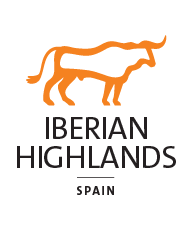
This is a huge and diverse landscape with a relatively high elevation – 1000 to 1200 metres above sea level – located in the provinces of Guadalajara, Cuenca and Teruel in central-eastern Spain. We don’t have big mountains here, but we do have big canyons. This is the source area for one of Spain’s biggest rivers – the Tagus – which has shaped the landscape, with sweeping pine, oak and juniper forests. There are a lot of raptors, such as Egyptian and griffon vultures and Bonelli’s eagle, as well as ungulates, such as the Iberian ibex, multiple deer species, wild boar and mouflon. But the top predators – the Iberian lynx, Iberian wolf and brown bear – are currently absent. But the wolf is close to where we are, around 60 kilometres away, so we hope it will come back on its own.
Long-term rural depopulation means the population density in the Iberian Highlands is very low – roughly two people per square kilometre, which is one of the lowest in Europe. This makes the area very interesting for rewilding because it means coexistence between humans and wildlife is generally good. Rewilding at scale has huge potential to benefit people and encourage them to return and revitalise the area, based on the development of a thriving nature-based economy.
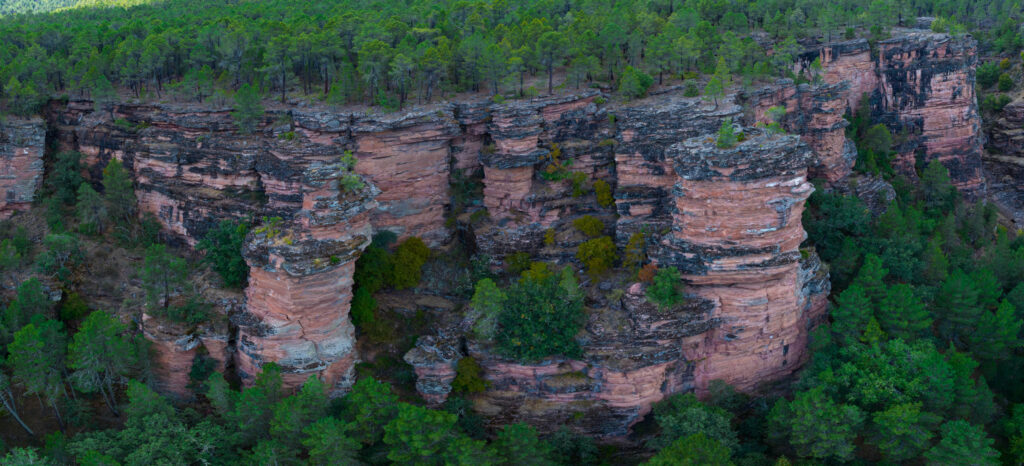
What are the major challenges and opportunities for rewilding in the landscape?
As I mentioned, the local population in the landscape has been decreasing for a long time, which means economic opportunities here are very limited. As a result, people have a very negative view about the area and don’t see how things can be turned around. Rural depopulation also means there are many places where domesticated livestock has disappeared; when we bring back wild or semi-wild herbivores, such as horses, in place of this livestock, some people think we are trying to replace them and their traditional livelihoods.
Additionally, the Alto Tajo Natural Park was created here around 20 years ago, and communities were promised a lot of benefits. These didn’t really materialise, so there is naturally some mistrust towards anyone who comes with new ideas and proposals. So as we rewild, we need to demonstrate the benefits of wilder nature very quickly, otherwise it will be very difficult.
At the same time, these challenges can easily be transformed into opportunities. Because of the low density of the population, every action that we carry out can potentially create a big benefit. For example, if we reintroduce some animals or support nature recovery in the landscape and this creates one or two jobs – either directly or through increased tourism – then maybe this will enable one or two families to return to a local village of 30 people. This can mean the difference between having a school or shop in that village open or closed. At the moment rural tourism in Spain is very underdeveloped. Rewilding offers a huge opportunity to encourage growing numbers of people to visit wilder, rural areas, and to spend money there.
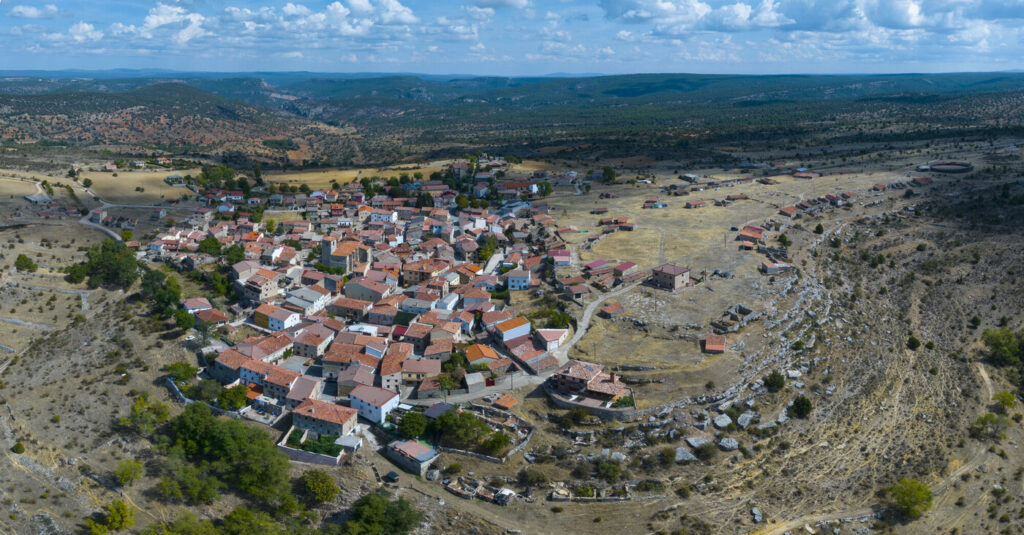
How do you think your experience in African conservation will help you contribute to Rewilding Spain’s mission?
My work over the last 12 years in Africa – in various management positions and in monitoring – has given me a better understanding of what can make a particular approach to conservation successful. Not only with regard to translocations and species reintroductions, but also through efforts to involve local communities and ensure they benefit from conservation.
I’m really passionate about using conservation as a driver for the social and economic development of such communities. I think my experience in Africa, where wildlife viewing is much more developed – will prove valuable as we look to leverage the huge nature-based tourism potential of the Iberian Higlands, and other parts of Spain, and ensure wilder nature in Spanish landscapes delivers benefits and provides opportunities for local people. It will also help me to develop a strategic, long-term view of the landscape and work out the best way to scale up rewilding to deliver maximum impact.
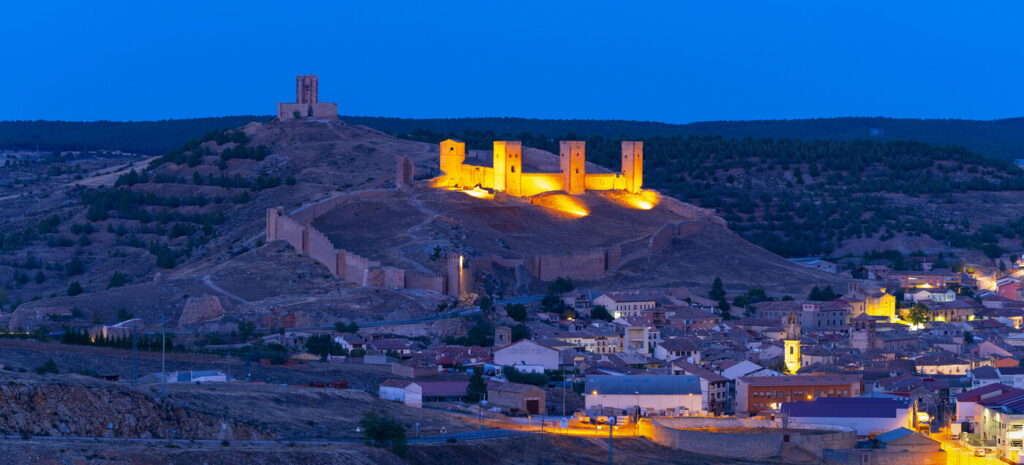
What would you like to see achieved in terms of rewilding the Iberian Highlands in the next five years?
Over the next five years the team will focus on a range of rewilding actions – one of the biggest is the reintroduction of wild and semi-wild herbivores, such as horses and Tauros, to enhance natural grazing. We are also working with partners to return cinereous vultures to the landscape, which will help restore the local food web. And we will carry out a pilot release of Iberian lynx, with a view to scaling up the reintroduction to establish a permanent viable population in the landscape. At the same time, it is very important that local communities see the benefit of rewilding. We will make a huge effort to demonstrate this.
After five years I would love to see a landscape that has integrated large wild and semi-wild grazers. I would also love to see a landscape that has generated significant added value for local communities – and by doing so, has helped us generate positive engagement with these communities and boosted support for our ongoing rewilding efforts.
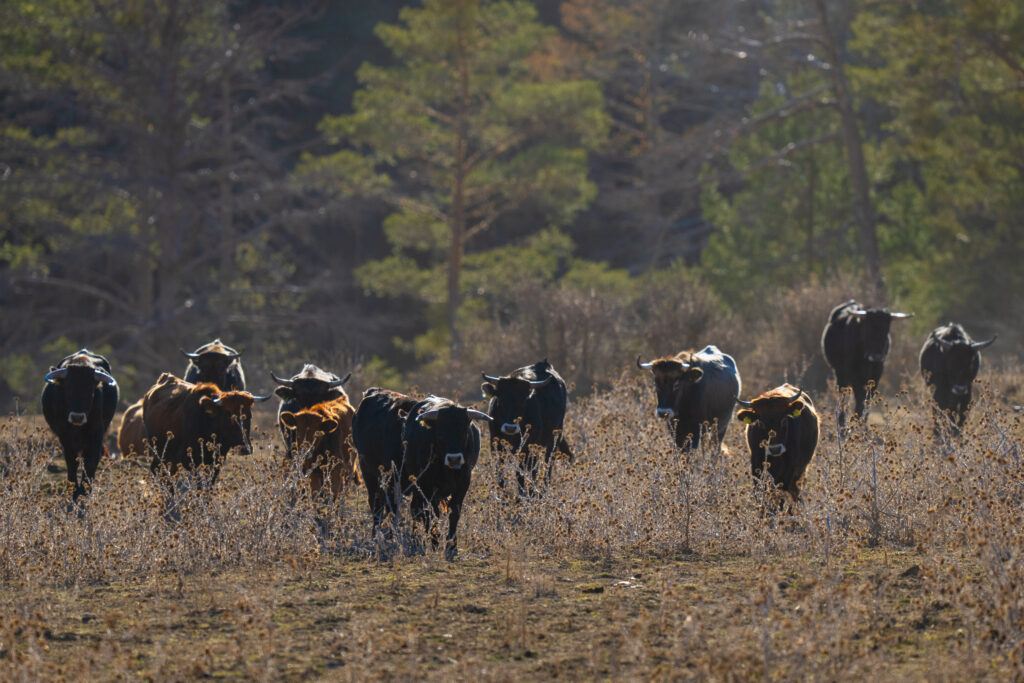
Is there much potential for scaling up rewilding across Spain?
Yes, there is huge potential – there are many large landscapes in Spain where rewilding could be carried out with a very positive impact. Rewilding is not yet a big thing in this country, but the response to the launch of the Iberian Highlands rewilding landscape in October has been amazing. I think going forwards a growing number of areas in the country are going to start rewilding, and we have already been in touch with many other people and initiatives that are interested. Rewilding Spain is going to try to assist them as much as possible, so that we can scale up rewilding as quickly as possible.
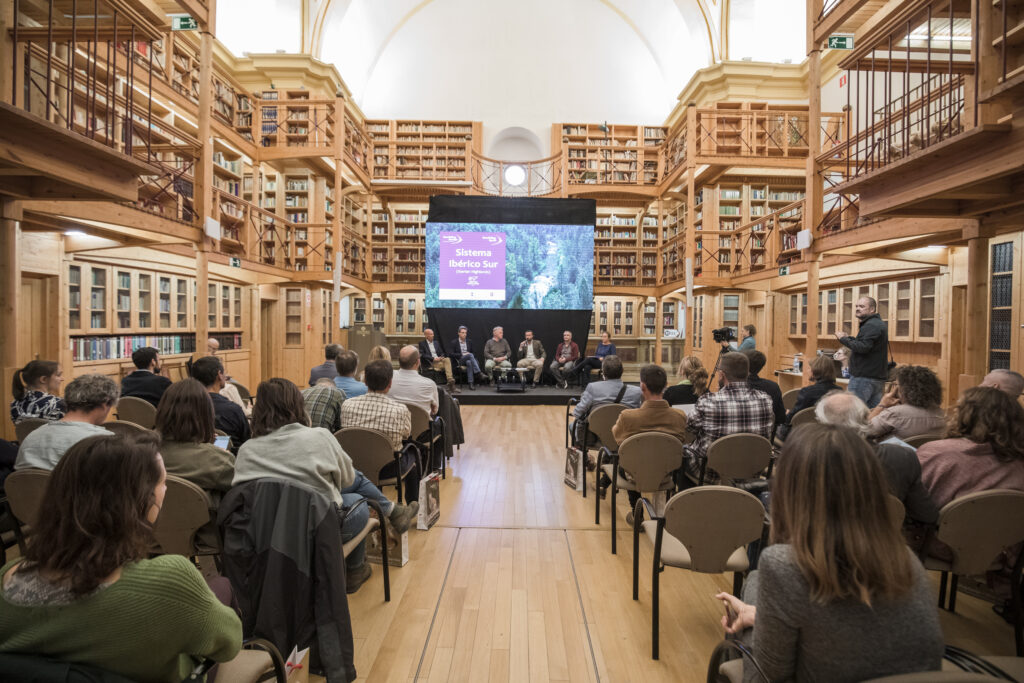
Where do you go to connect with wild nature?
While I was in Africa I would go on wildlife watching drives in national parks and just sit there and watch the animals. I love diving too – this also helps me to connect with nature, because of the isolation you feel while you are under the water. And here in the Iberian Highlands I like to go to the forest and walk and be quiet – to enjoy places where it is just you and the sights, sounds and smells of nature. This helps to reminds me what we are doing here with rewilding, and why we are doing it. It helps me because sometimes in day-to-day activities you get frustrated, and stressed, and maybe lose a little focus. To see wild horses, or vultures, or Tauros – these experiences makes all your efforts seem worthwhile.
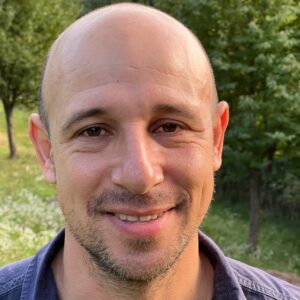
Pablo Schapira, a brief bio
- Age: 41
- MSc Biodiversity, University of Barcelona
- MSc Scientific Communication, Pompeu Fabra University (Barcelona)
- 2010-2022, African Parks – based in the Democratic Republic of Congo, Mozambique, Rwanda, Ethiopia and Benin, with responsibilities including wildlife monitoring, infrastructure development, law enforcement, community engagement, and tourism development
